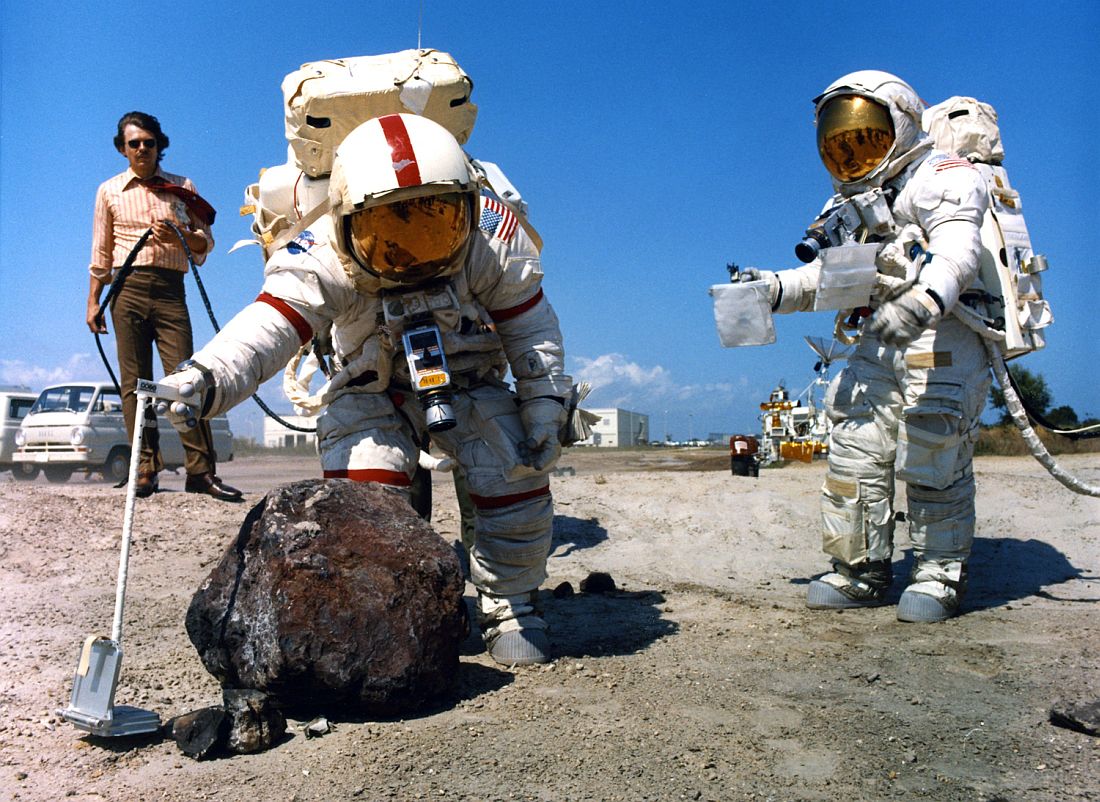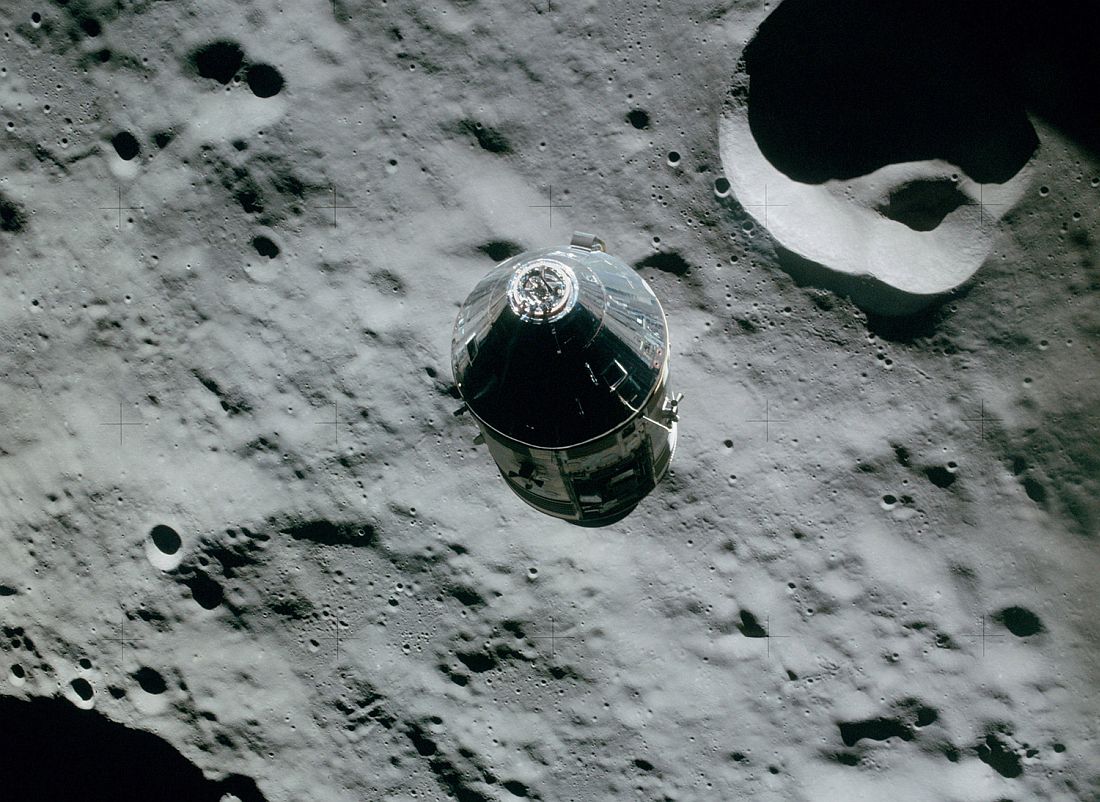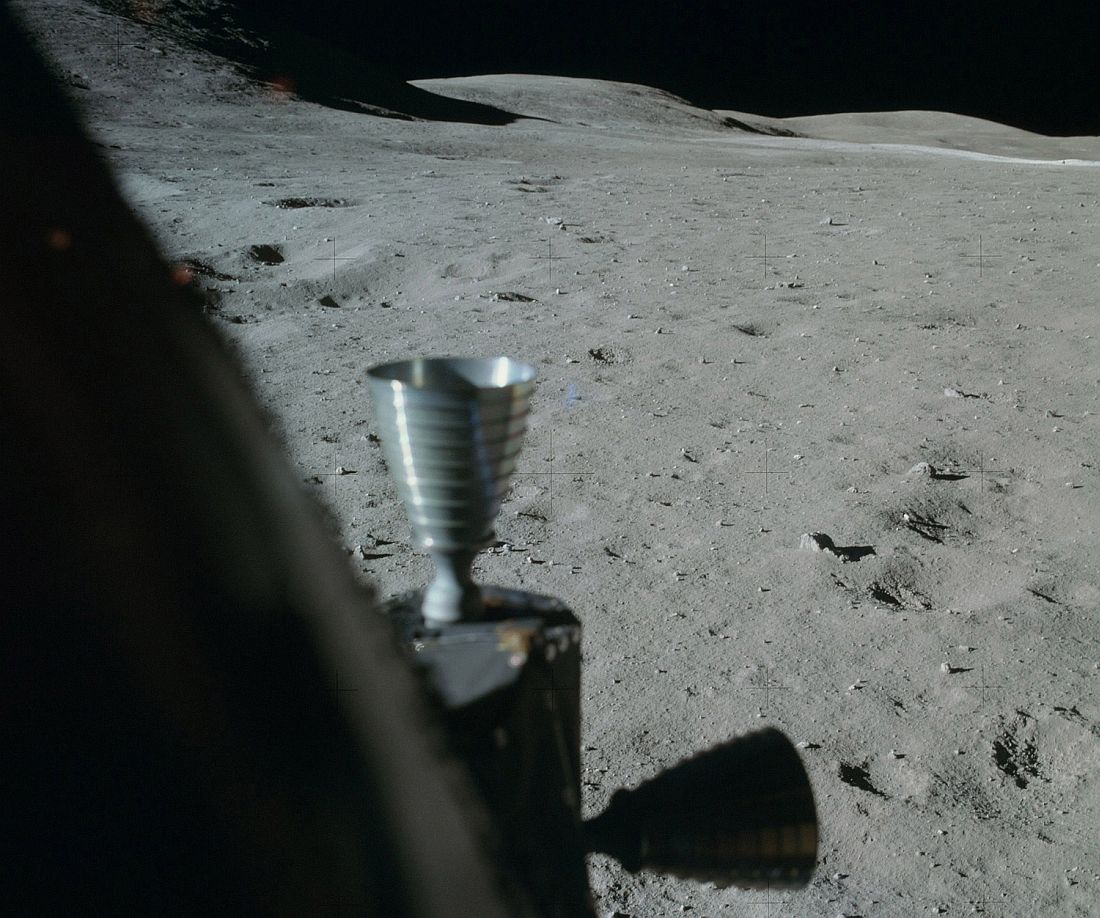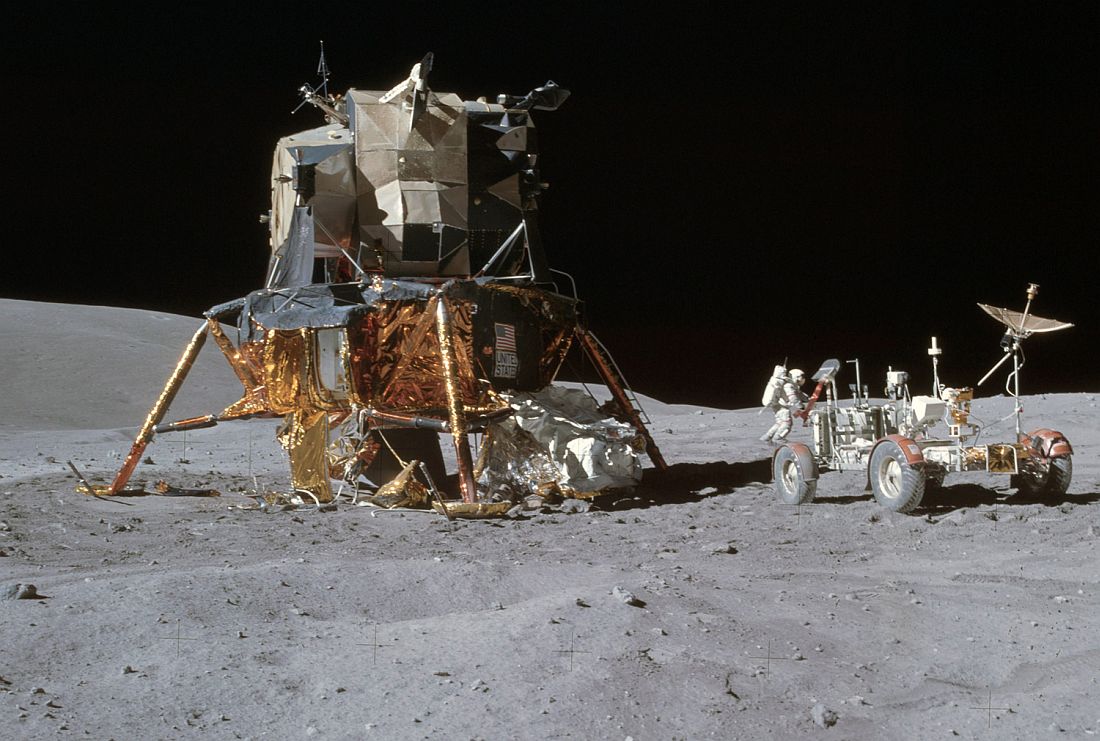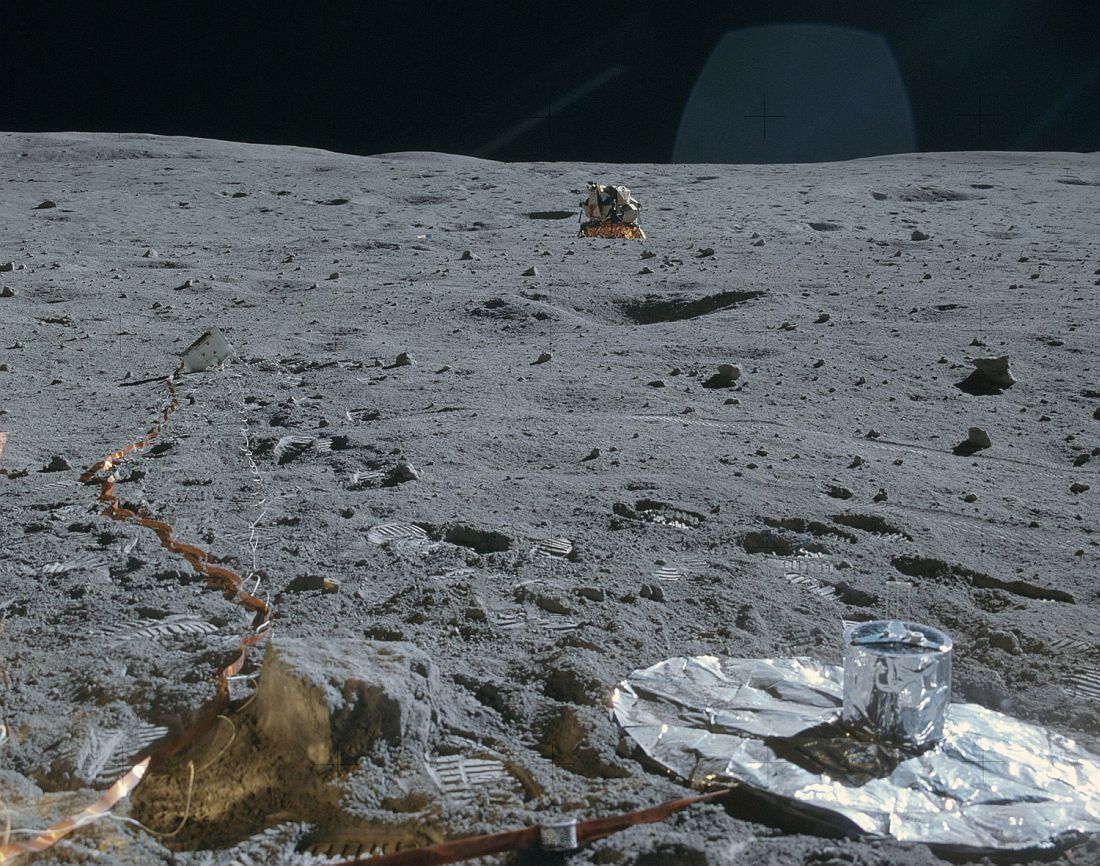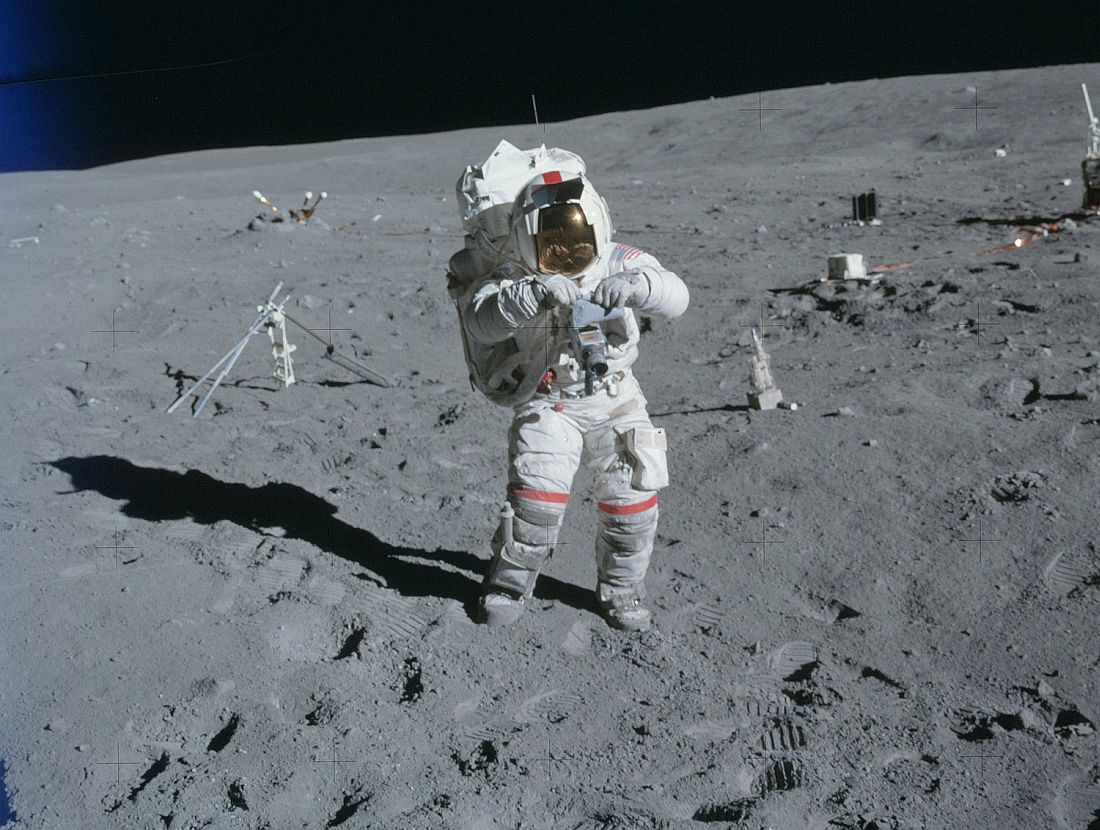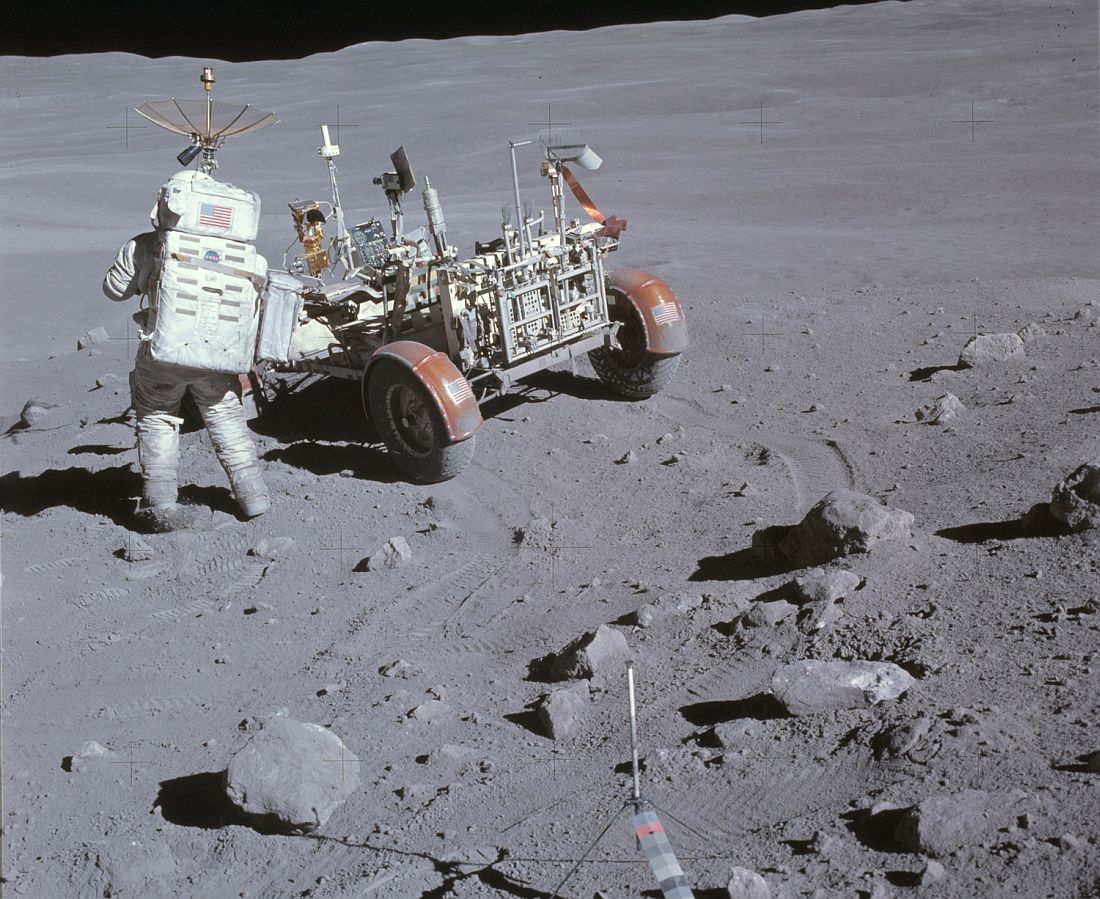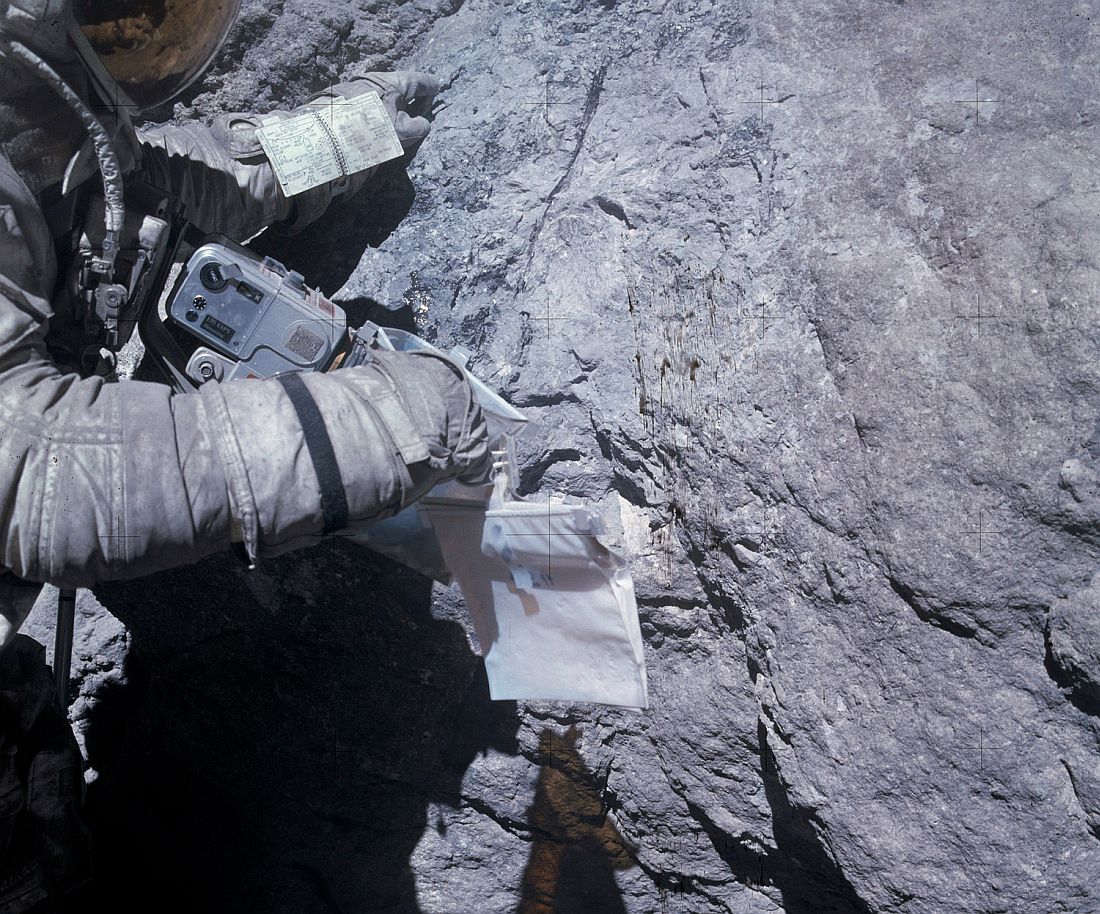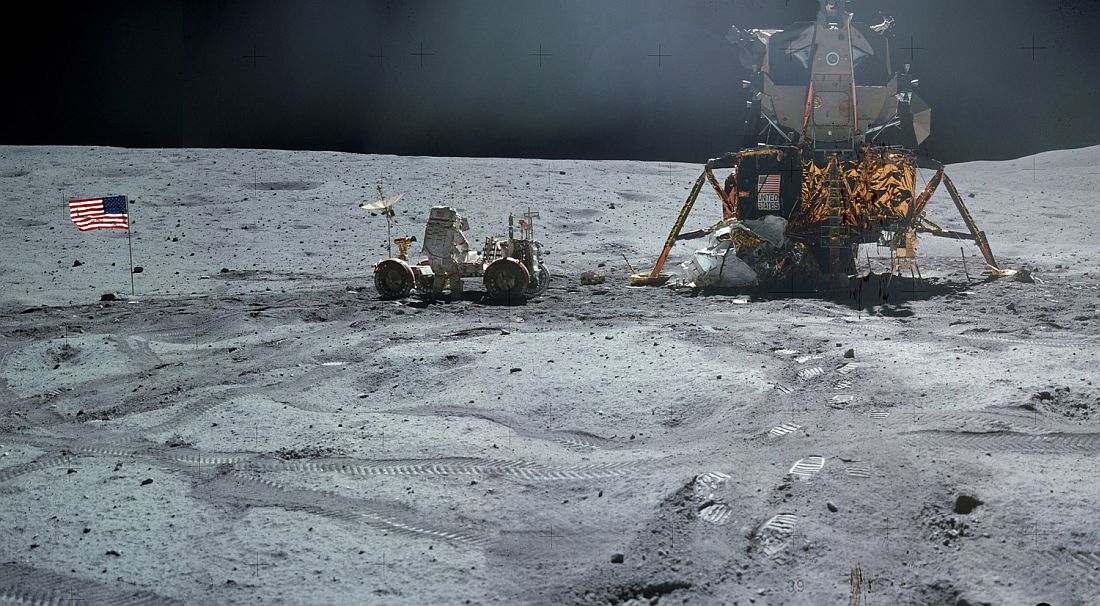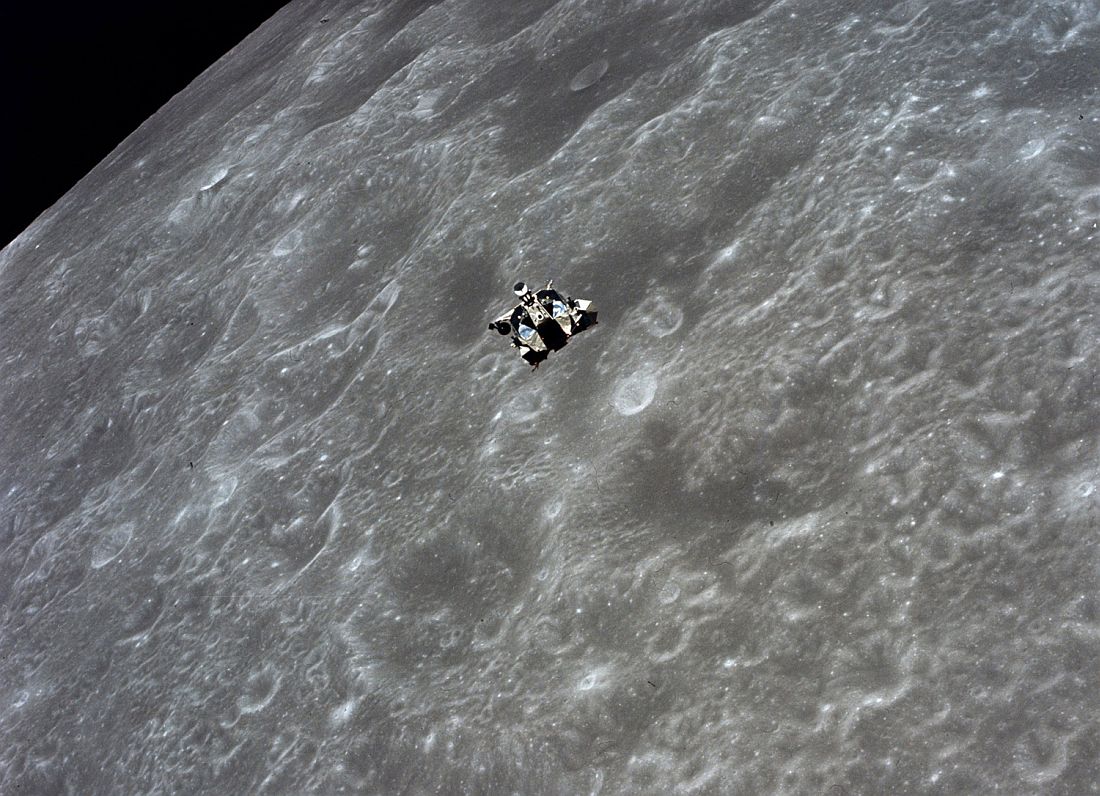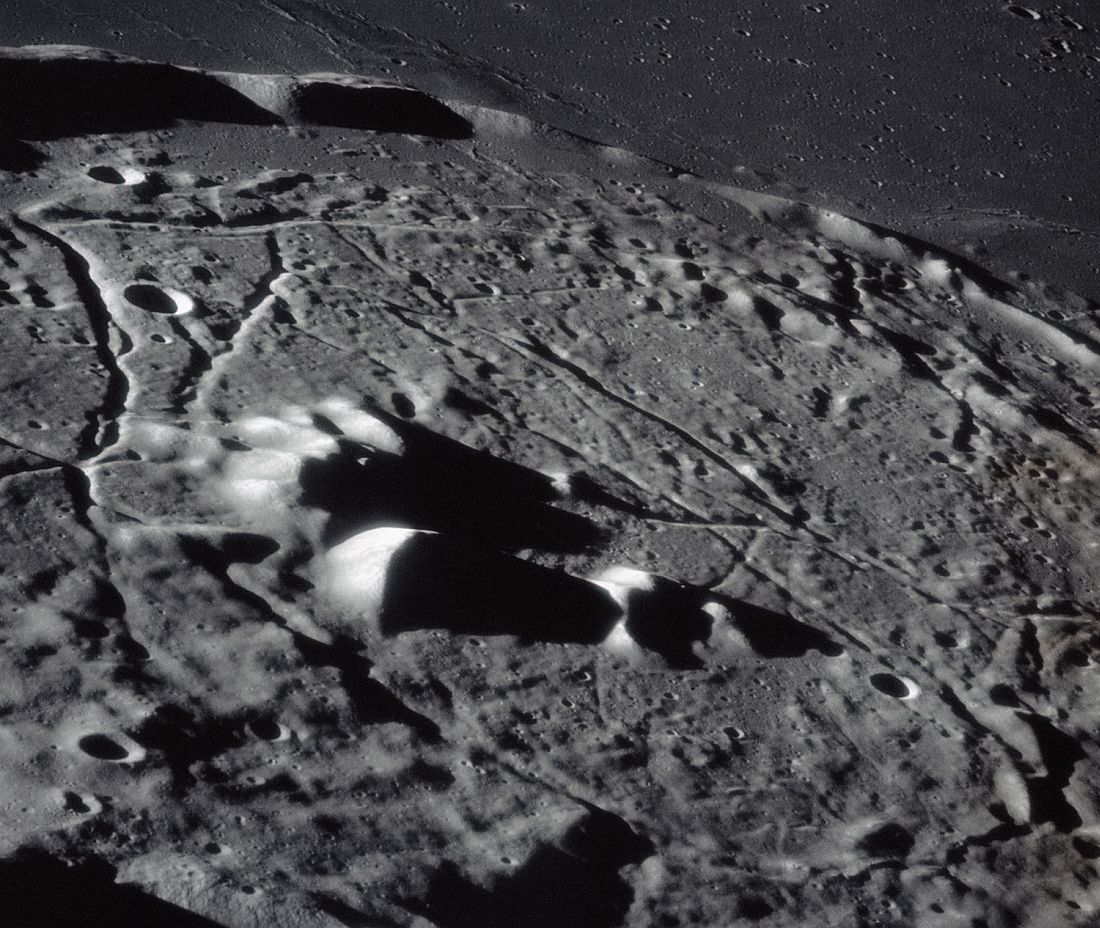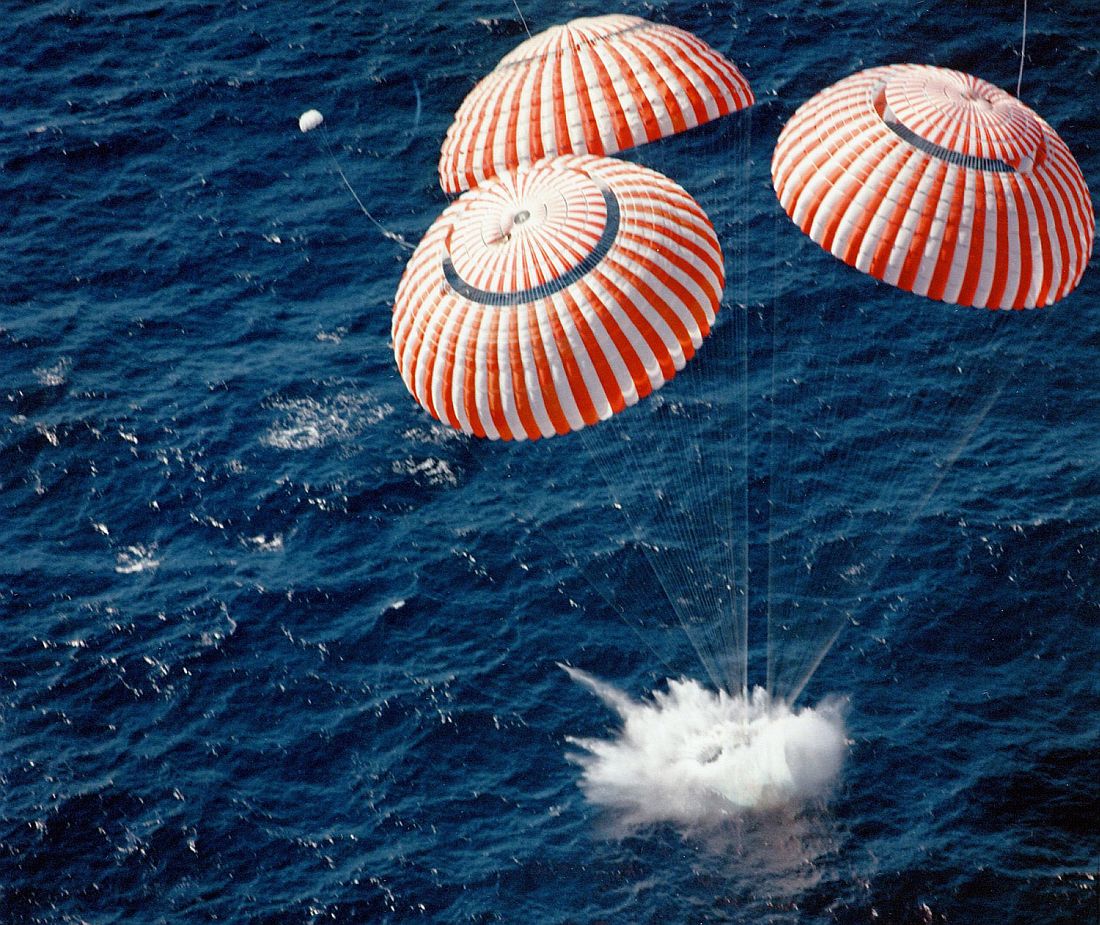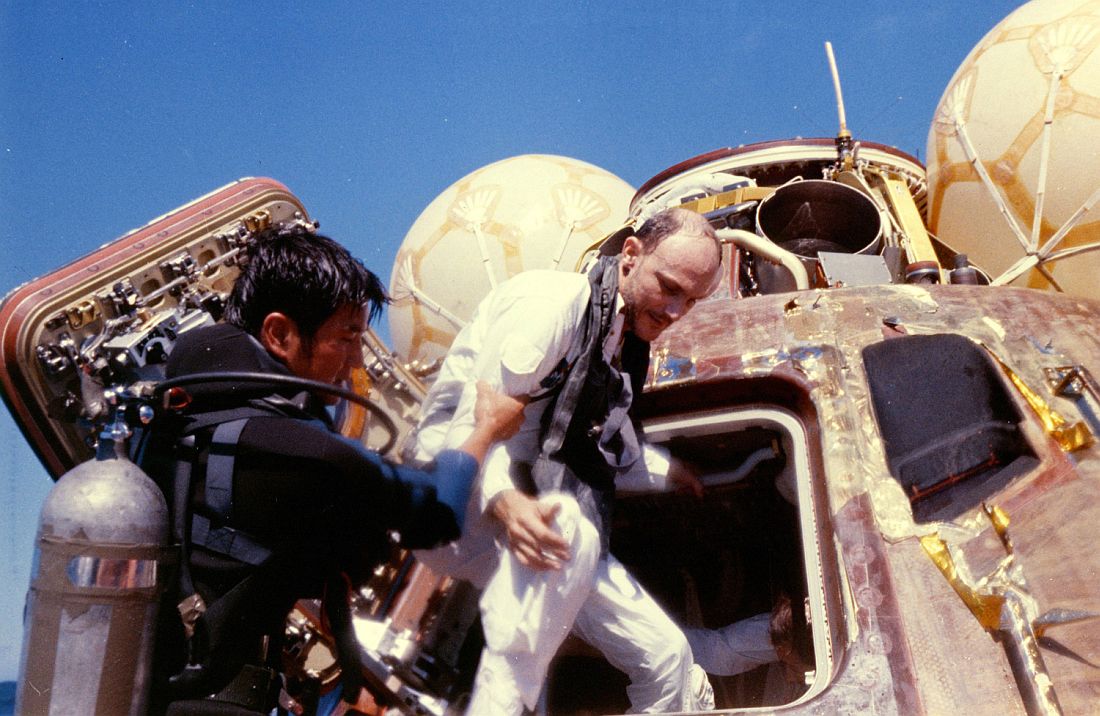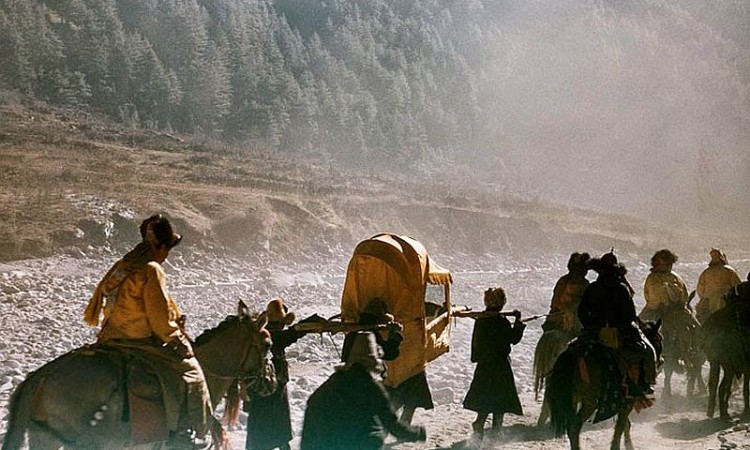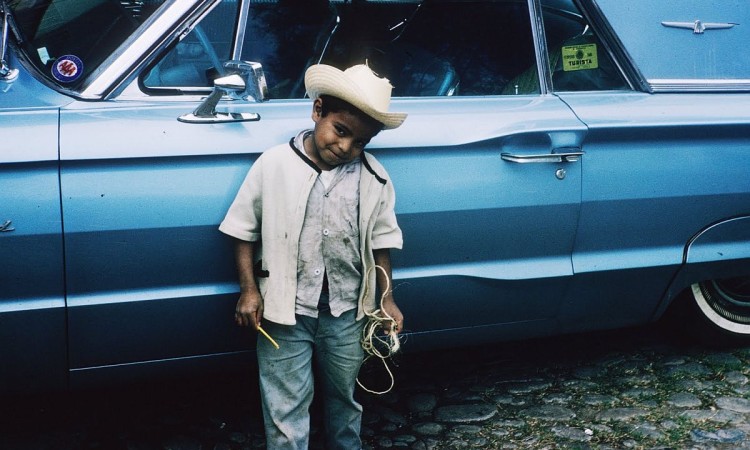Apollo 16 was the tenth manned mission in the United States Apollo space program, the fifth and penultimate to land on the Moon and the first to land in the lunar highlands. The second of the so-called “J missions,” it was crewed by Commander John Young, Lunar Module Pilot Charles Duke and Command Module Pilot Ken Mattingly. Launched from the Kennedy Space Center in Florida on April 16, 1972, the mission lasted 11 days, 1 hour, and 51 minutes, and concluded at 2:45 PM EST on April 27.
John Young and Charles Duke spent 71 hours—just under three days—on the lunar surface, during which they conducted three extra-vehicular activities or moonwalks, totaling 20 hours and 14 minutes. The pair drove the Lunar Roving Vehicle (LRV), the second produced and used on the Moon, 26.7 kilometers (16.6 mi). On the surface, Young and Duke collected 95.8 kilograms of lunar samples for return to Earth, while Command Module Pilot Ken Mattingly orbited in the Command/Service Module (CSM) above to perform observations. Mattingly spent 126 hours and 64 revolutions in lunar orbit. After Young and Duke rejoined Mattingly in lunar orbit, the crew released a subsatellite from the Service Module (SM). During the return trip to Earth, Mattingly performed a one-hour spacewalk to retrieve several film cassettes from the exterior of the Service Module.
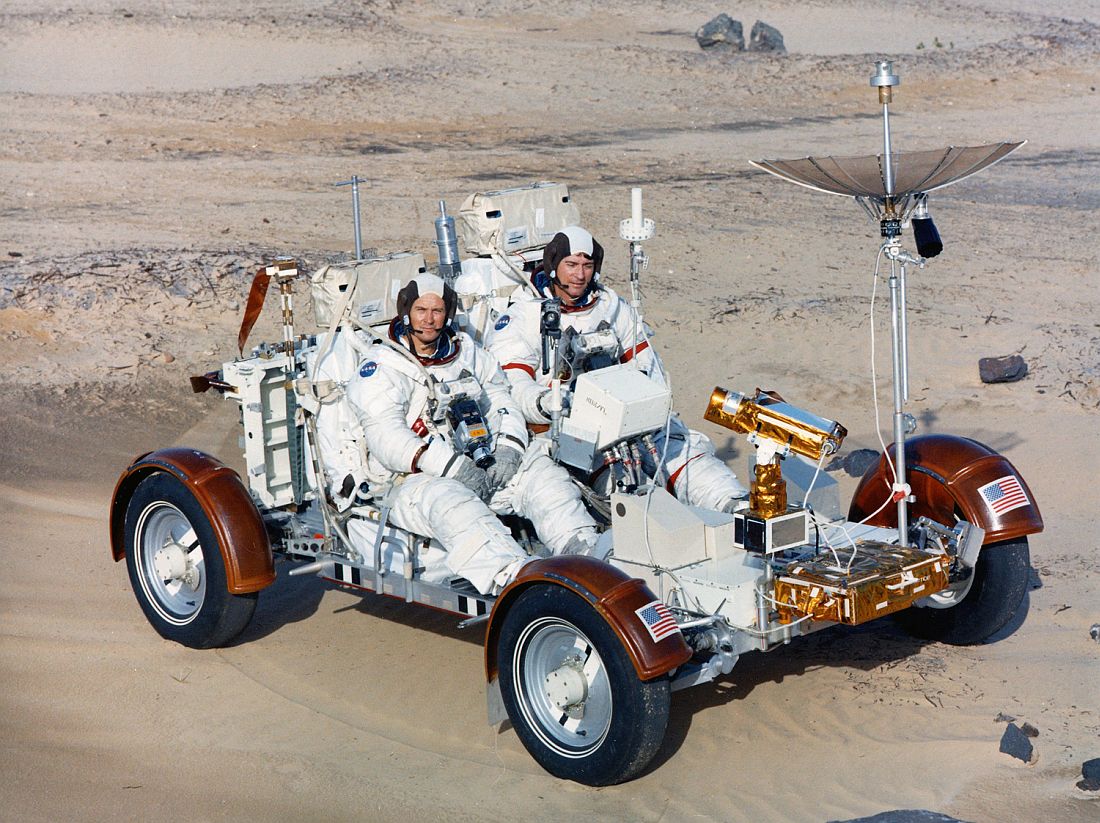
Astronauts John Young and Charles Duke drive a Lunar Roving Vehicle trainer on a simulated lunar surface on Earth on December 22, 1971. # NASA
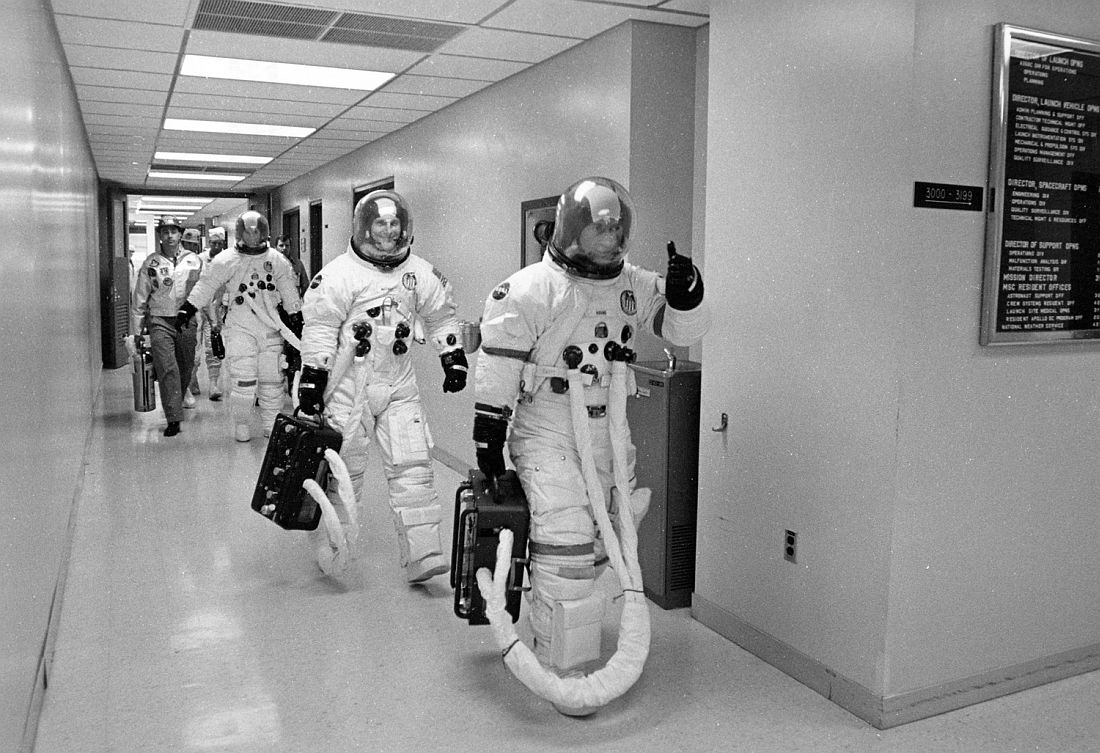
John Young gives a “thumb up” to well-wishers gathered in a hallway as he and crewmates leave to board the transfer van to the launch pad on April 16, 1972. # NASA
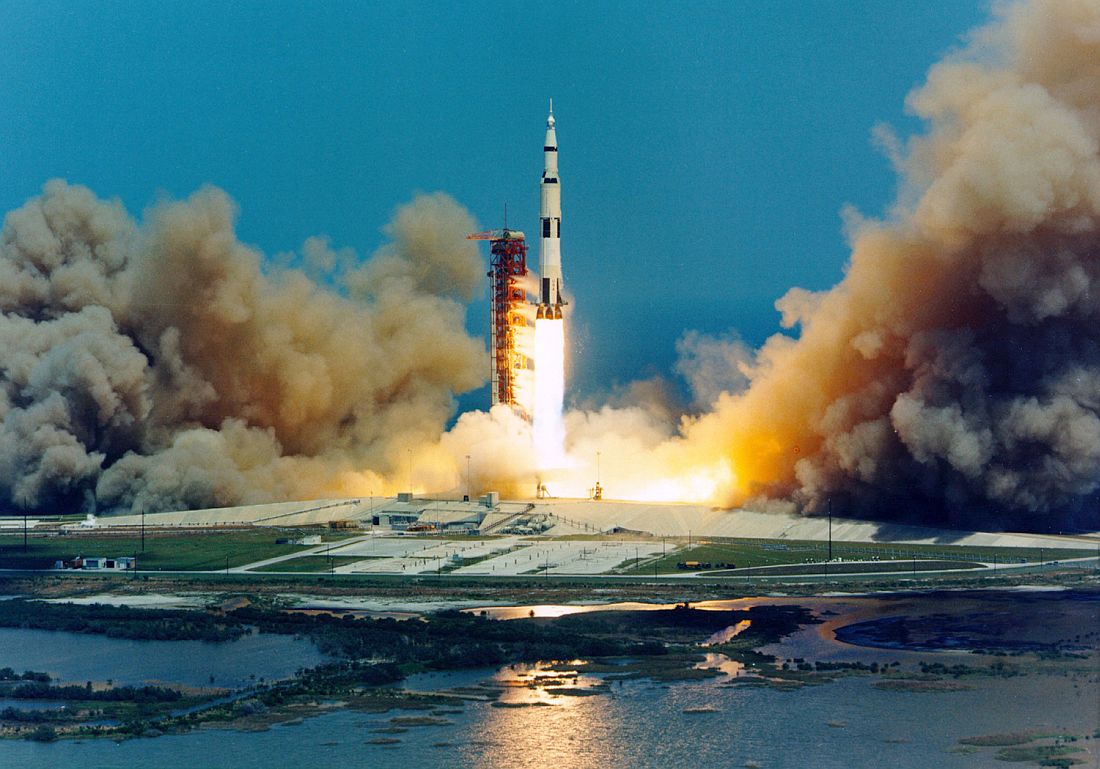
Liftoff of Apollo 16 on April 16, 1972. The crew of three was lifted into orbit atop a Saturn V SA-511 rocket, eventually hurling them toward the Moon at 22,000 miles per hour. # NASA
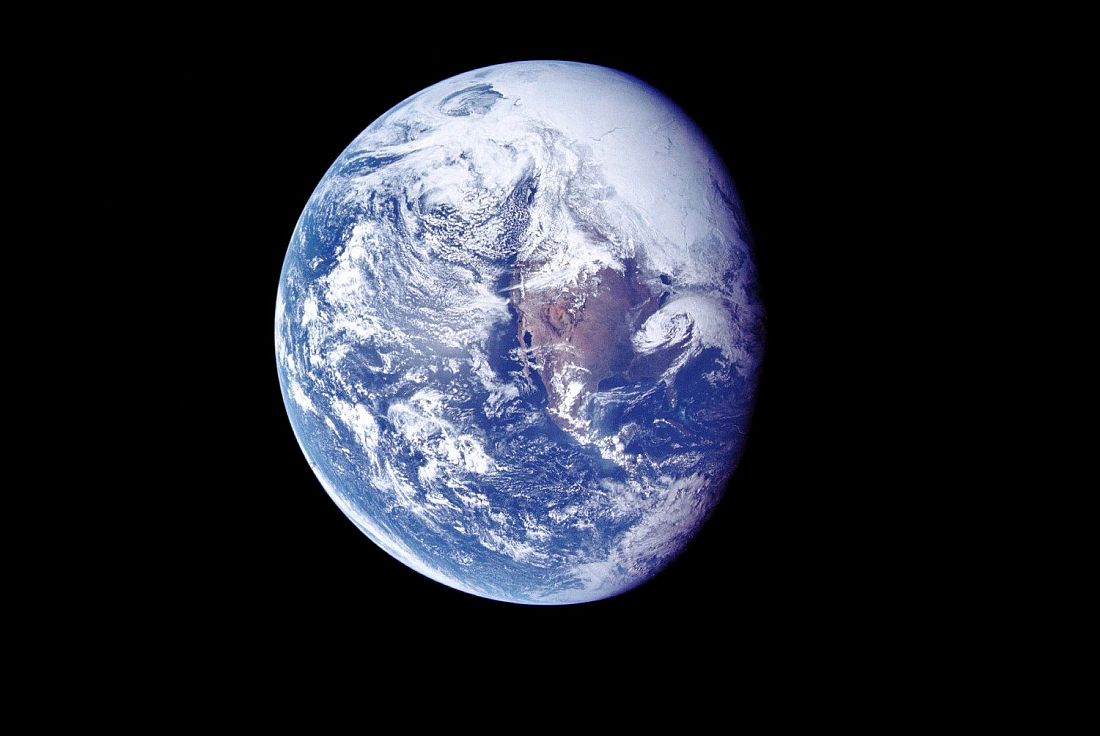
A view of Earth depicted during translunar coast. Baja California is at the center of the image. # NASA
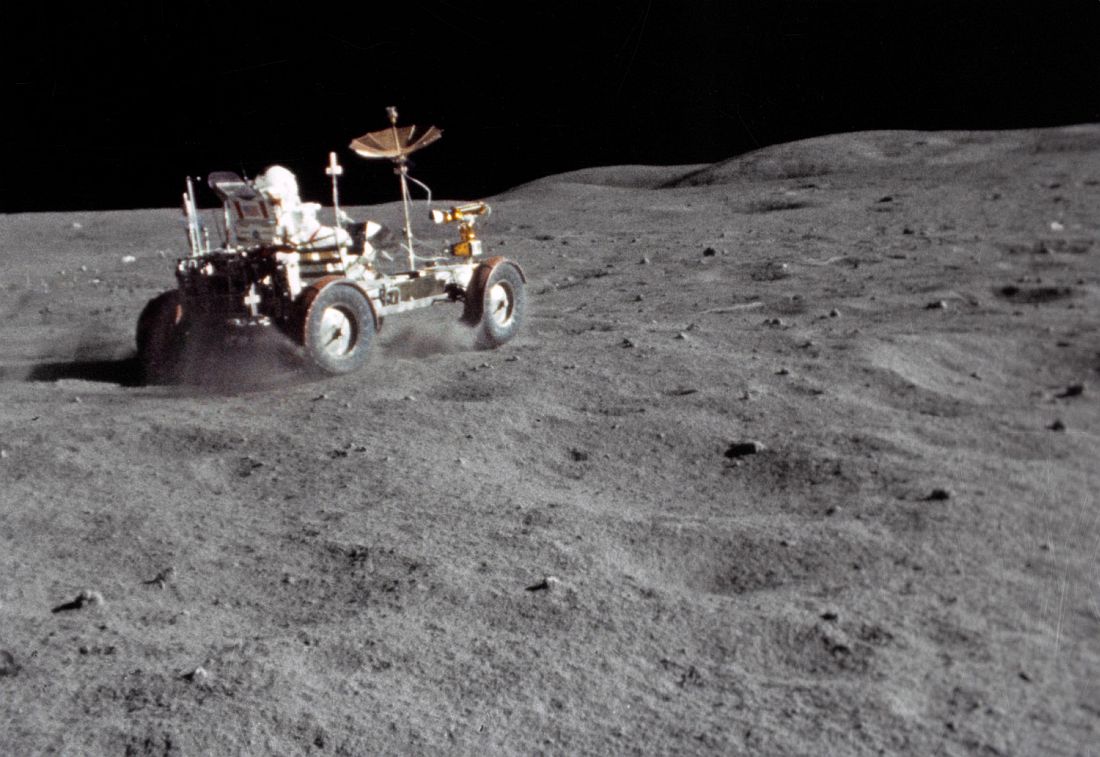
The LRV gets a speed workout by astronaut John W. Young in the “Grand Prix” run during the first Apollo 16 extravehicular activity (EVA) at the Descartes landing site on April 21, 1972. This view is a frame from motion picture film exposed by a 16mm Maurer camera held by astronaut Charles M. Duke Jr. # NASA
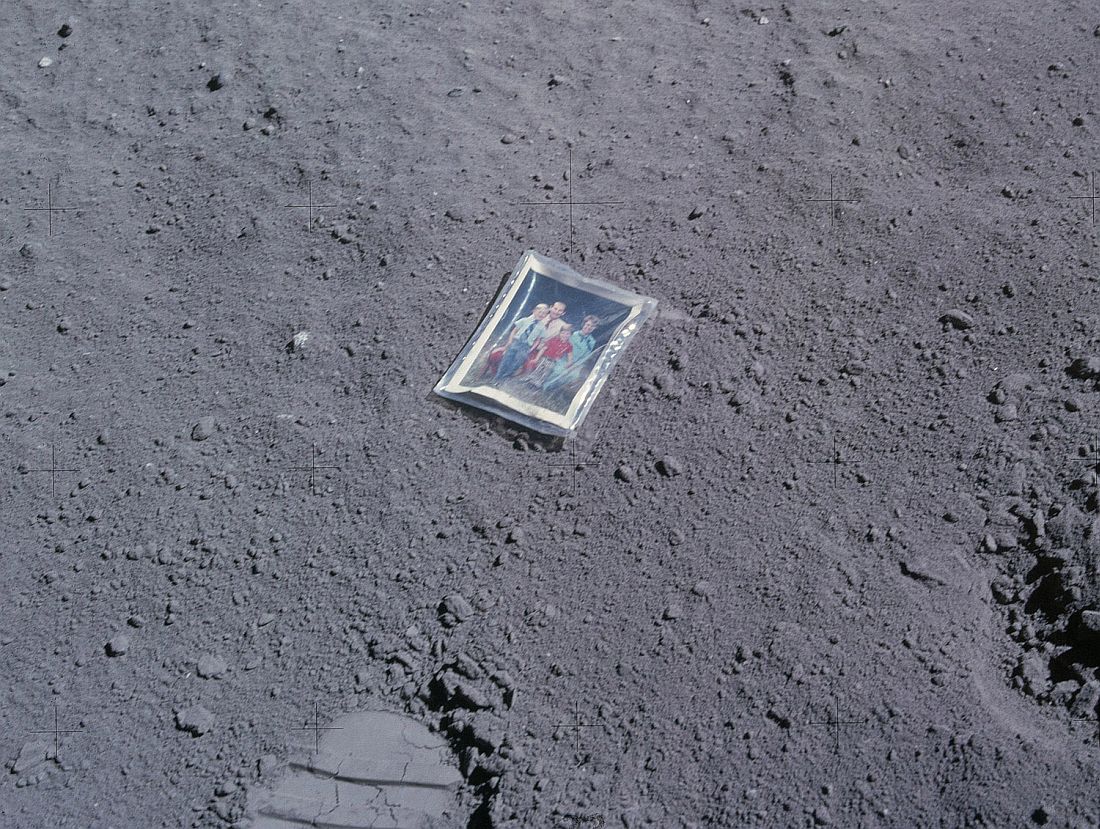
A plastic-encased photo of Astronaut Charles Duke’s family, placed on on lunar surface by Duke. Written on the other side is the message “This is the family of Astronaut Duke from Planet Earth. Landed on the Moon, April 1972.” # NASA


